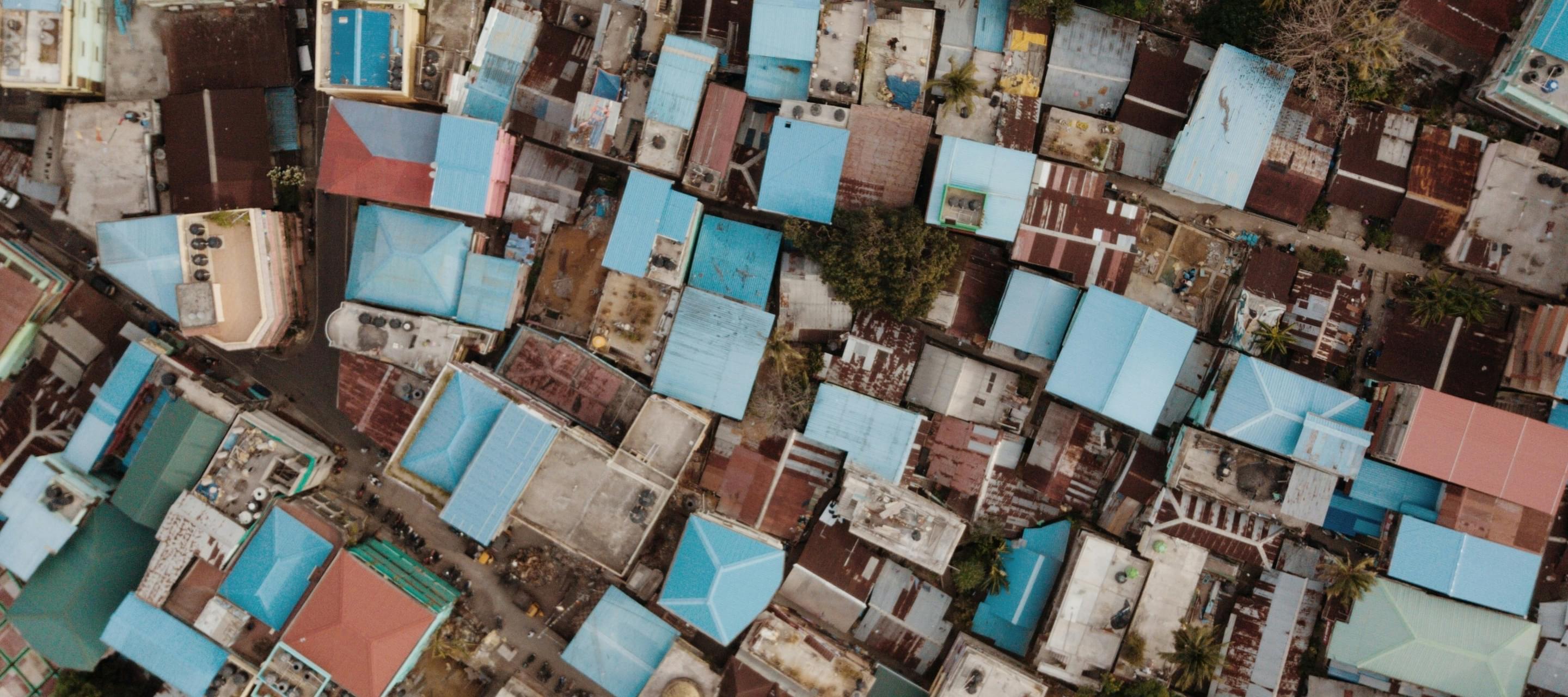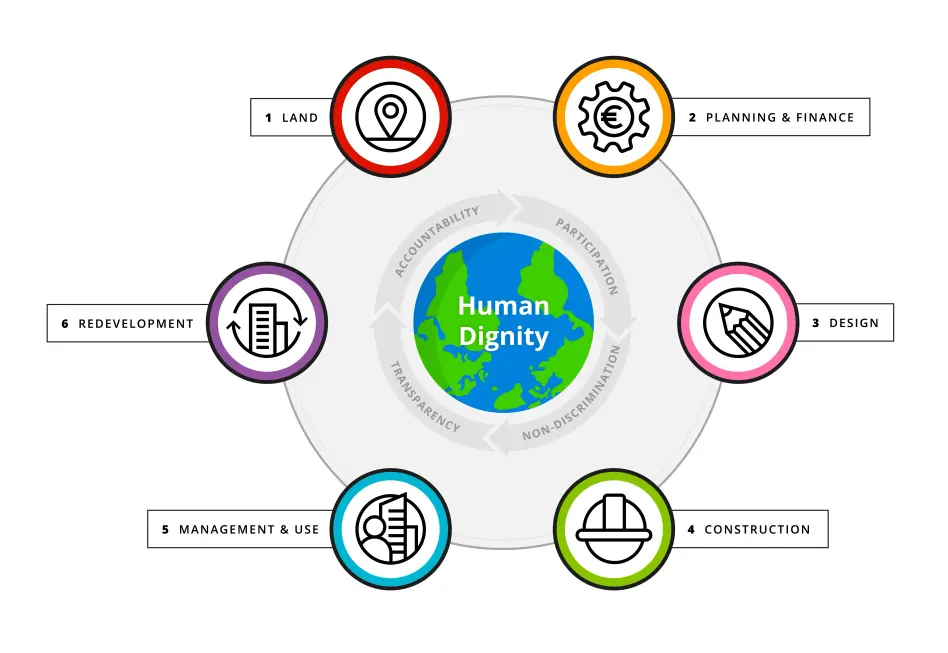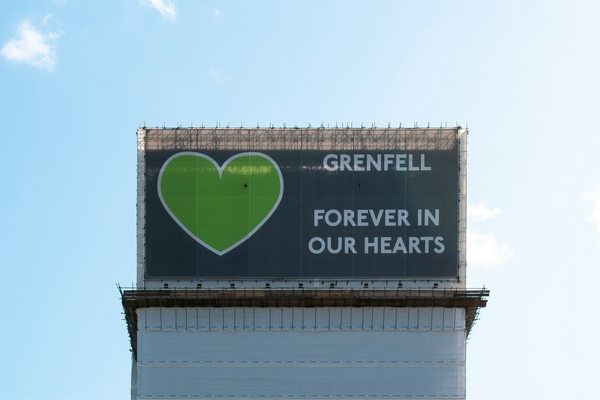Pioneering Dignity by Design Framework relaunched as interactive digital tool
28 April 2025

IHRB's Dignity by Design Framework, a pioneering tool to embed human rights in built environment projects, has relaunched today in an interactive digital format.
Originally launched in 2020 by the Institute for Human Rights and Business (IHRB), the newly-digitised Dignity by Design Framework was a first-of-its-kind tool for aligning built environment projects with human rights standards, conventions and global frameworks.
The Framework is divided into different stages within the lifecycle of a typical project in the built environment, from planning through construction.

The Dignity by Design Framework is a tool developed by IHRB, in partnership with the Raoul Wallenberg Institute of Human Rights and Humanitarian Law, the Rafto Foundation for Human Rights, and the University of Sydney.
The Framework has been successfully applied to projects, such as the Bergen Inclusion Centre in Norway, an award-winning community and refugee centre, and in Cartagena, Colombia, to shape the city’s territorial plan.
The new digital platform version breaks down key principles, questions and existing standards - drawing on a library of 160 case studies - to guide practitioners through each stage of a building project, with questions such as:
- Has due diligence been carried out to ensure transparency and accountability in the land acquisition process, and the appropriate valuation of land?
- Does the project present opportunities to expand access to public space?
- Have local community organisations and non-profits been effectively engaged for input on the project?
- Are there opportunities for the project to generate new jobs and stimulate the local economy?
Giulio Ferrini, IHRB’s Head of Built Environment, said:
"There are implications for human rights at all stages of a built environment project. From land acquisition all the way through to design and construction, there will be an impact on people and communities. But the fragmented nature of the building sector means too often stakeholders are either unaware of these risks, or find navigating them overwhelming.
“The Dignity by Design Framework, now relaunched as an interactive online tool, can help investors, businesses, and governments avoid these blind spots. The platform brings together practical guidance and real-life examples of initiatives that have mitigated human rights risks, ensuring the impacts of built environment projects are positive for both people and planet
Morten Kjaerum, Affiliated Professor of the Raoul Wallenberg Institute of Human Rights and Humanitarian Law, said:
“Universal human rights are the bedrock of our society, embedded in international norms, tools and standards such as the Sustainable Development Goals. But businesses and investors operating in the built environment are not always able to practically consider the rights of those who construct and use buildings and infrastructure.
“Since 2020, the Dignity by Design framework has provided practical guidance for industry actors to advance human rights - whether delivering smart cities, low-cost housing or emergency shelter. The digitisation of the Framework will enable even more practitioners to access and benefit from this proven tool.”
To explore IHRB’s Dignity by Design Framework, please visit www.dignitybydesign.org
Media requests
- Giulio Ferrini, Head of Built Environment at IHRB, is available on request for comments and interview via video.
- For media enquiries, please contact Emma Parrott, Media Manager: emma.parrott@ihrb.org.



